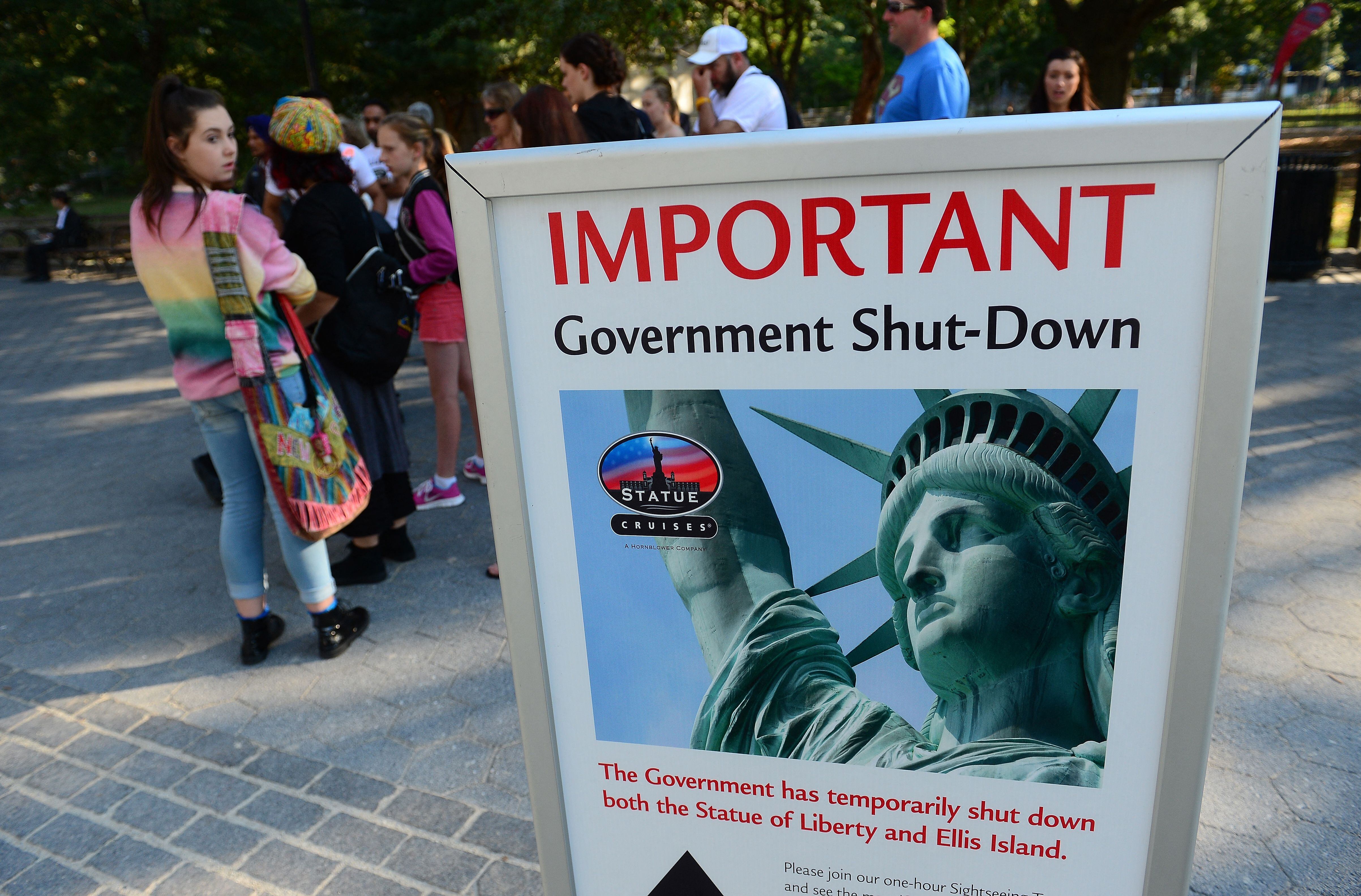WASHINGTON ― The U.S. Navy announced Tuesday that it accepted delivery of the Zumwalt-class destroyer Michael Monsoor from Bath Iron Works, Maine, meaning the ship is officially U.S. Navy property.
Its the second of three of the stealth destroyers that will make up the class, which was truncated repeatedly all the way from a planned buy of 32 at the outset. The lead ship, Zumwalt, was delivered in May 2016.
Like Zumwalt, the ships is delivered from a hull, mechanical and electrical standpoint. Both ships still need combat systems installations. Zumwalt is expected to complete her combat systems activation in the coming months, while it will likely be 2020 until Monsoor has its combat system activated, according to a schedule obtained by Defense News.
Still, getting the ship out of Bath is a big step for the Navy and the builder.
“Delivery of DDG-1001 marks the culmination of years of dedication and hard work from our Navy and industry team,” said Capt. Kevin Smith, the program manager for DDG-1000, in a statement. “We have incorporated many lessons learned from DDG 1000 and are proud of the end result. DDG 1001 will be a tremendous asset to the Navy.”
Michael Monsoor is named for Master-at-Arms 2nd Class (SEAL) Michael Monsoor, who was posthumously awarded the Medal of Honor after jumping on a grenade to save his teammates in Ramadi, Iraq, during a mission in 2006.
The third ship, the Lyndon B. Johnson, is still under construction at Bath.
The class was given a new mission earlier this year, according to budget justification documents submitted in February.
The Navy added Raytheon’s SM-6 missile to the 610-foot behemoth and changed its mission from primarily a land-attack platform to a ship killer and strike platform.
RELATED

In testimony last week, the Navy’s top requirements officer, Vice Adm. Bill Merz, told lawmakers the change in mission was prompted by delays in the ship’s Advanced Gun System.
The AGS, in conjunction with the Long-Range Land Attack Projectile, was supposed to fire a round more than 80 nautical miles. The Navy canceled the projectile after the cost per round increased to more than $800,000 per round. Furthermore, the system was also failing to achieve the range it wanted out of the system, Merz said.
“Even at the high cost, we still weren’t really getting what we had asked for,” he said. “So what we’ve elected to do is to separate the gun effort from the ship effort because we really got to the point where now we’re holding up the ship.”
David B. Larter was the naval warfare reporter for Defense News.





